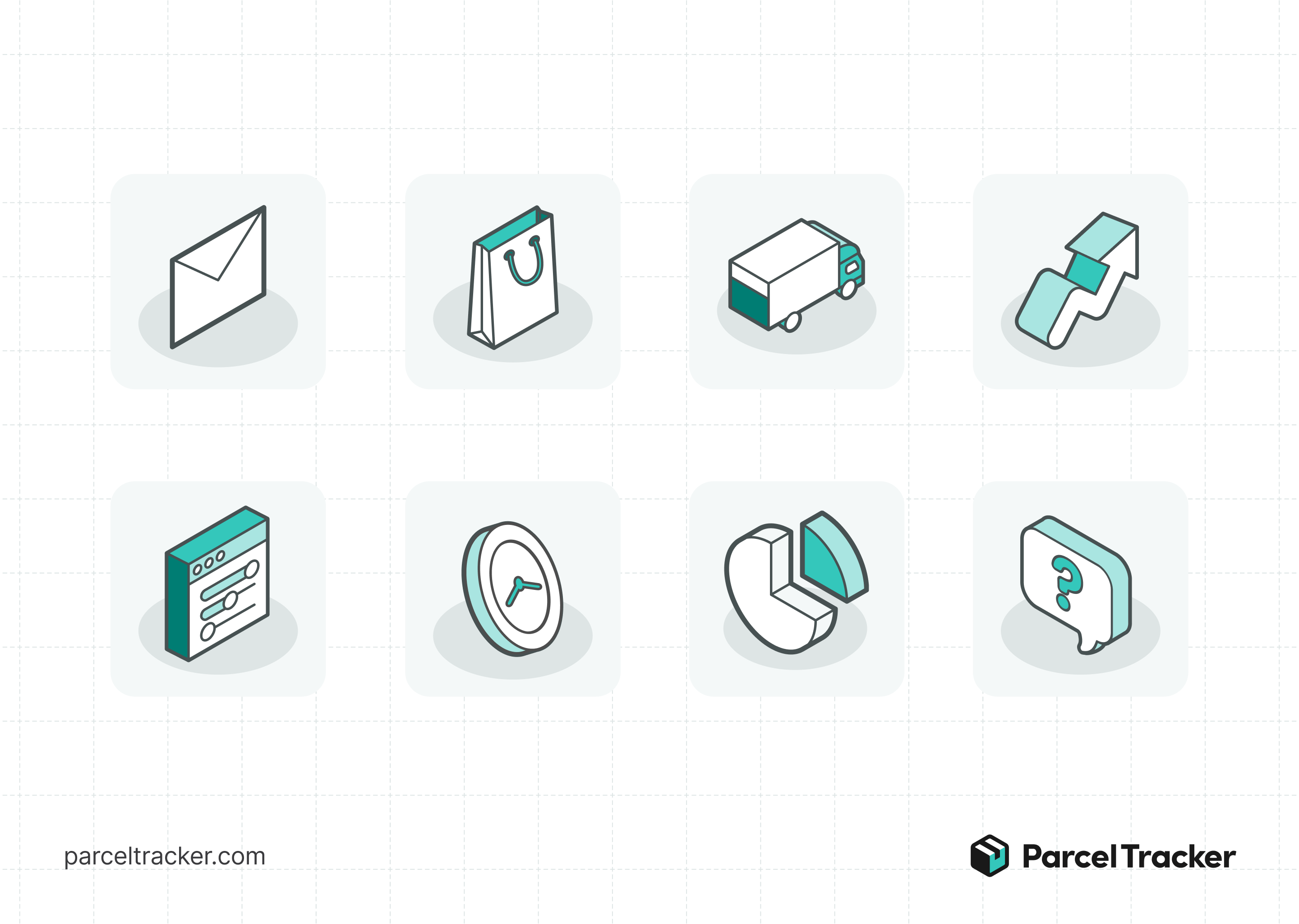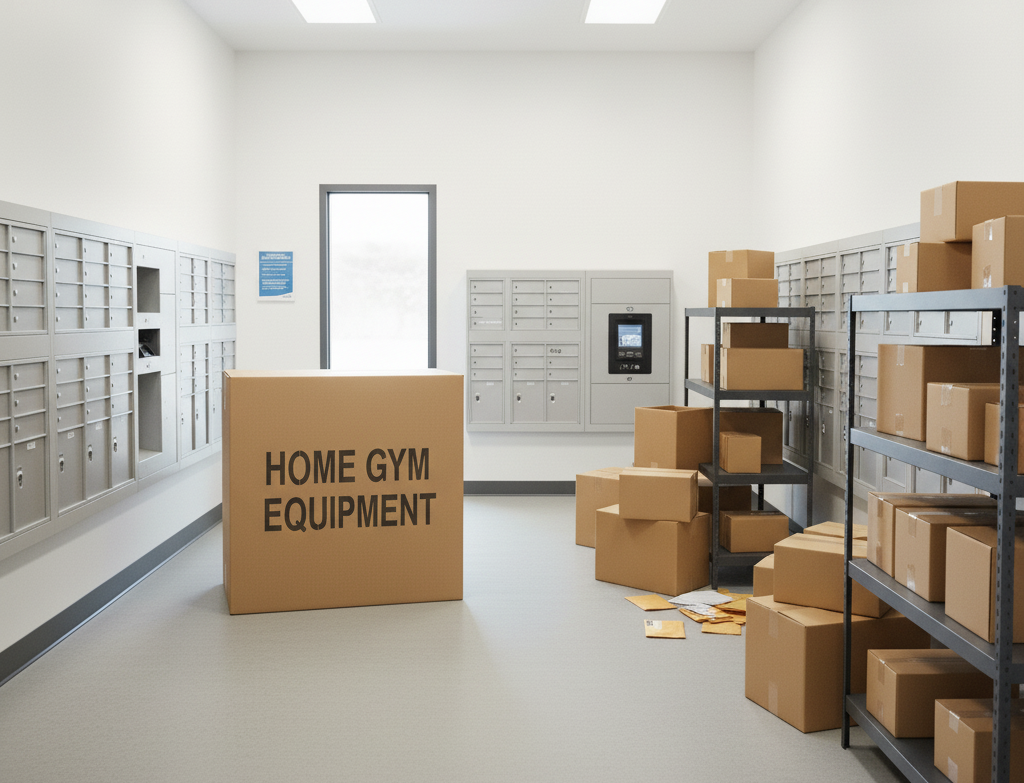10 Best E-commerce Tools 2025: Logistics to Multi-Store Success

Thriving in e-commerce in 2025 requires more than just great products. You need the right tools and a strategic approach to succeed. Whether you’re tracking inventory, attracting shoppers, managing multiple stores, or shipping quickly, tools make it all easier. The best e-commerce tools help you scale quickly, serve customers better, and compete worldwide, all without extra stress.
In this guide, we’ll cover:
- What e-commerce tools are and why they matter
- How to pick the right tools for your business
- Our top 10 e-commerce tools for 2025, from shipping to marketing to multi-store management
Let’s get started.
Most of the tools below offer free trials. Test them out and build your best stack.

What Are E-commerce Tools and Why Do They Matter?
E-commerce tools are apps or online platforms that support every part of your business. Storefront builders, analytics dashboards, and shipping automation all help reduce friction and streamline your workflow.
With the right tools, you can:
- Save time on product uploads, fulfillment, and marketing
- Reduce manual errors with smart automation.
- Keep customers happy with fast updates and easy support.
- Boost revenue through personalization, SEO, and upsells
No matter your size, the right tools help your business run smarter.
How to Choose the Right E-commerce Tools for Your Business
Don’t add every tool you find. Plan first. The best tools fit your business now and in the future.
Key things to consider:
✔ What stage are you at?
- If you’re just starting, focus on the basics: store, payments, and marketing. If you’re growing rapidly, consider adding automation and analytics.
✔ Where are your biggest bottlenecks?
- Losing time on order management or customer support? Start there.
✔ Does it work with your current setup?
- Make sure the tool connects with your current platforms.
✔ Does it scale as you grow?
- Select tools that can keep pace as your store grows.
✔ Is it worth the price?
- Not every good tool is expensive, but it should pay for itself in time saved or money earned.
10 Best E-commerce Tools for Your Online Stores

We've handpicked tools across core e-commerce functions: storefront, marketing, analytics, shipping, payments, design, and customer service. Backed by real-world results, these tools are relied on by countless top-performing e-commerce businesses.
1. Shopify: Best for Building Your Storefront
Shopify is one of the most trusted e-commerce platforms in the world, offering simplicity with scalability.
Why choose Shopify?
● No-code store builder with powerful templates
● Supports digital and physical products
● Massive app store for endless customization
Ideal for: Beginner to enterprise e-commerce businesses
Pricing: Starts at $39/month
Build storefront on Shopify
Many companies later turn to Shopify Plus development services to access advanced features and support scalable growth as their stores expand.
2. Ahrefs: Best for E-commerce SEO & Competitor Research
Ahrefs is a powerful SEO tool that helps you attract organic traffic and spy on what's working for your competitors.
What it offers:
● Keyword research and content gap analysis
● Backlink monitoring and site audits
● Competitive insights to optimize category and product pages
Best suited for online retailers seeking to establish authority and boost organic traffic.
Explore Ahrefs features
3. Google Analytics 4: Best for User Behavior Analysis
GA4, an official Google Analytics tool, provides you with in-depth insights into how shoppers interact with your store, enabling you to enhance the experience and increase conversions.
Standout features:
● Event-based tracking with no code
● Funnel analysis to spot where users drop off
● Integrates with Google Ads for ROI tracking
Ideal for: Stores looking to optimize their funnel and UX
Set up GA4
4. Parcel Tracker: Best for Shipment Visibility & Customer Experience
Parcel Tracker brings visibility into the last yard of your delivery. It can help e-commerce businesses that need inbound parcel management, especially the internal distribution for multi-location stores or if customers can pick up from a central hub.

Why it stands out:
● Central dashboard for tracking packages across multiple carriers
● Branded delivery updates to customers
● Secures your mailroom with digital proof of pickup, photo capture, timestamps, and recipient data
● Adapts to any workflow, from basic drop-offs to complex, multi-location logistics with automation.
Ideal for: Stores managing high order volumes or multiple delivery channels
Optimize last-yard with Parcel Tracker
5. AdsPower: Best for Multi-Account & Privacy Management
AdsPower Antidetect Browser is best for managing multiple e-commerce accounts securely, especially useful for sellers with multiple storefronts or ad accounts.
What makes it unique:
● Generates unique browser fingerprints for each account, keeping them isolated and undetectable
● Prevents bans and flagging from platforms like Meta, Amazon, and Google
● Offers built-in RPA and API access to automate repetitive tasks
● Lets you track competitors' updates and market changes across accounts efficiently
Ideal for: Dropshippers, affiliate marketers, or anyone managing multiple brands or regions
Try AdsPower
6. Omnisend: Best for e-commerce Email & SMS Marketing
Omnisend is explicitly built for e-commerce brands that want to drive conversions on autopilot.
Key features:
● Drag-and-drop workflows for welcome, cart abandonment, and post-purchase
● Combine email, SMS, and push into a single campaign
● Strong segmentation and A/B testing
Ideal for: Brands focused on lifecycle marketing
Start with Omnisend
7. Canva: Best for Creating Product Visuals & Ads
Canva makes it easy for anyone to design polished, professional graphics without hiring a designer.
Use cases:
● Instagram, Facebook, and TikTok ads
● Product images, banners, and email headers
● Templates that follow best design practices
Ideal for: Solo sellers and small teams
Design with Canva
8. ChatGPT: Best for AI-Powered Product Descriptions & Support
ChatGPT can handle a wide range of tasks, from content writing to answering customer questions.
What you can do with it:
● Generate SEO-friendly product descriptions
● Script customer service chatbot replies
● Brainstorm ad copy, blog content, and email subject lines
Ideal for: Time-strapped sellers who need scalable content solutions
Try ChatGPT
9. Stripe: Best for Flexible Payment Processing
Stripe powers payments for some of the largest e-commerce sites and startups alike.
Why it excels:
● Supports global currencies and cards
● Custom checkout options and recurring billing
● Transparent fees and fast payout schedules
Ideal for: Online stores seeking payment flexibility and security
Streamline payments with Stripe
10. Zendesk: Best for E-commerce Customer Service
Zendesk helps you stay organized even during high-traffic season. Delivering exceptional support.
Core benefits:
● Unified inbox for email, chat, and social
● Automations and macros to speed up responses
● Self-service FAQ and knowledge base features
Ideal for: E-commerce stores with high-volume customer service
Explore Zendesk

Bonus Tool: VEED – Your All-in-One Online Video Creation Powerhouse
VEED is a browser-based online video editor that makes creating professional content simple and fast. Designed for teams and entrepreneurs alike, it blends ease of use with AI-powered tools to help you turn ideas into polished videos in minutes.
● Effortless Editing: Trim, crop, add text, and polish your videos without needing complex software.
● Image to Video AI: Transform simple prompts into complete videos with visuals, captions, and narration.
● AI Voice Cloning: Create lifelike voiceovers in your own tone or multiple languages for consistent branding.
Ideal for:
E-commerce brands, content creators, and marketing teams looking to produce engaging videos quickly without technical hurdles.
FAQs
What is the best tool to build an e-commerce website?
Shopify is widely regarded as the best all-in-one platform for building an e-commerce store. It's beginner-friendly, scalable, and packed with integrations to expand functionality as your business grows.
Can I safely run multiple e-commerce accounts?
Yes. Tools like AdsPower allow you to isolate each account using unique browser fingerprints. This prevents bans or account links, especially on platforms like Meta, Google Ads, and Amazon.
Should I invest in paid tools from the start?
Start with free versions or trials to test which ones fit your workflow. As your business grows, premium tools can pay for themselves in time saved and revenue earned.
Final Thoughts
E-commerce success in 2025 hinges on selecting tools that align with your goals, whether it's growing revenue, automating manual tasks, or expanding globally.
From Shopify and Parcel Tracker to AdsPower, these solutions empower you to focus on strategy while technology handles the details.
Ready to scale your store? Explore the tools above, sign up for a free trial, and start building your e-commerce stack today.






